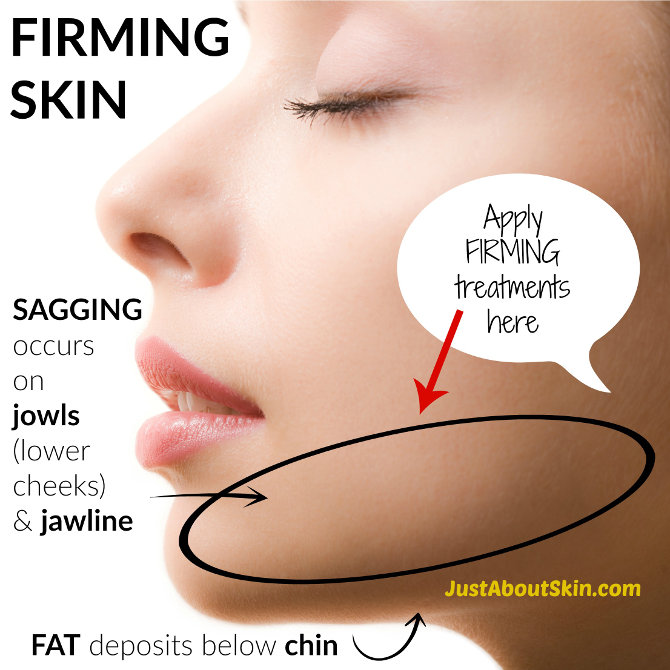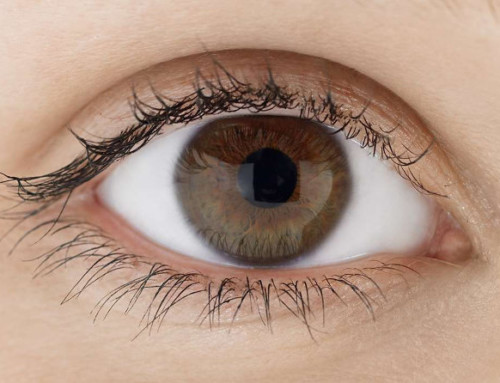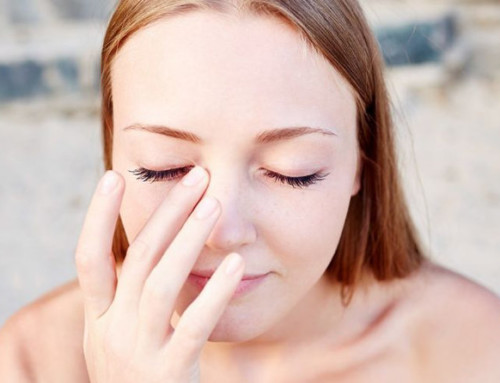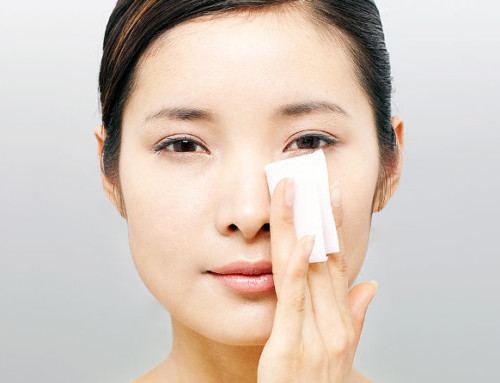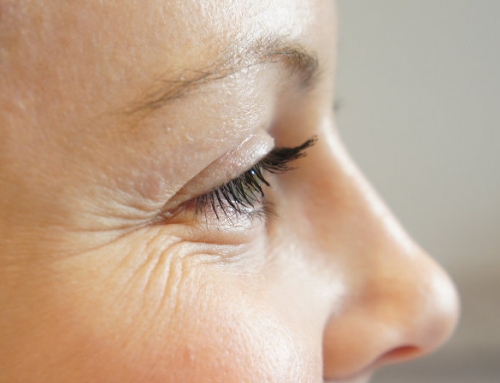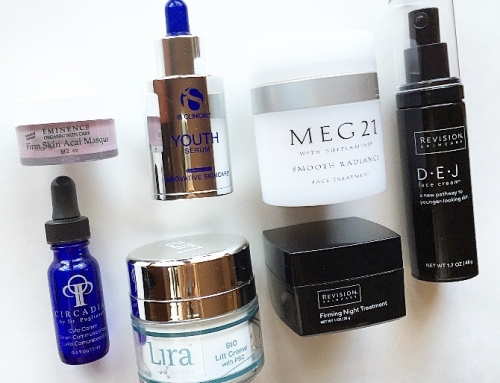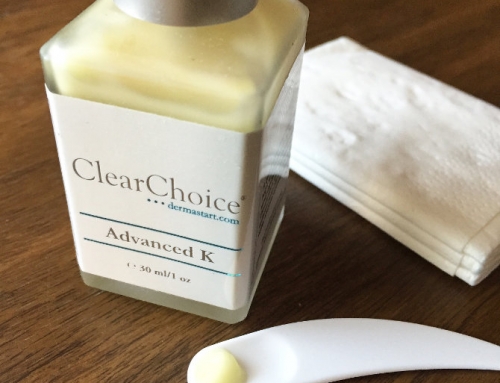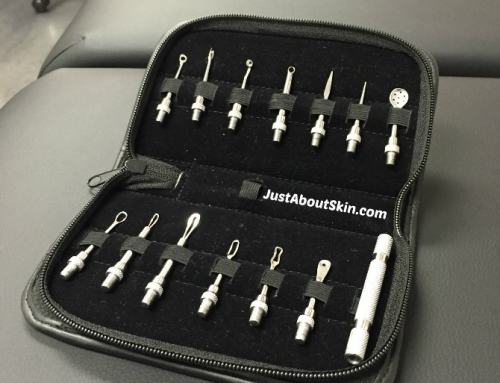I have to add a new woe to my growing list of skin issues – firming skin. The skin along my jawline is starting to show early signs of slackening.
The jowls is the lower cheek area, and this part of the face sags when we get older. There are a few things conspiring to make this happen.
Why Our Skin Gets Loose & Sags
First, you can blame gravity. Gravity pulls everything down. Hence why parts of our body sag over time.
Second, we make less collagen as we get older. Because our metabolism slows down, the rate that we produce new collagen fibers slows down. Collagen gives skin its structure and strength. It’s the scaffolding holding up skin.
Third, we make even less elastin, the protein that gives skin its elasticity and tightness. Unlike collagen, elastin is harder to stimulate. Once elastin is broken down, it’s very hard to get the body to make more of it. This is why preventing its breakdown – mostly through sun protection – is so vital!
Fourth, we lose fat in our face. Did you have baby fat in your face when you were younger? It’s gone now, right? We’re losing fat on our face gradually – too bad it’s not on the rest of our body too 🙂 The hollowed out cheeks and eyes in very old people is due to a loss of facial volume (less fat along with other skin components).
What’s Happening To My Skin
I recently started noticing a change in my jawline because my jawline is naturally quite defined. It’s a bit less now. And the skin there is not as tight as it used to be.
These changes are not overt (except to me), but it becomes more obvious if I compare the skin to other parts of my face, which is tighter.
And the biggest clue is my father, who I resemble. My facial bone structure is the same as his, especially the jawline. His lower cheeks are sagging now. I have watched him age over the years, and this area of his face has shown the most change. I am 99% positive this is how I will look too someday 🙂
While before I was focused on wrinkles, my attention has now turned to firming and tightening.
Tips For Keeping Your Skin Firm And Tight
Firming skin isn’t easy. In fact, it’s probably the most difficult thing to correct, along with stubborn hyperpigmentation. But here are some tips to help manage the inevitable.
1. Protect your skin from the sun. Wear sunscreen and limit your exposure to the sun. Prevention is the best way. It’s also the easiest and cheapest.
2. Make sure you have Vitamin C in one of your products. A serum or treatment cream is ideal. Vitamin C is essential for collagen production. If you feed your skin more Vitamin C, you’ll reduce free radical damage and help your skin make more collagen.
3. Use a retinol or tretinoin treatment product. Retinoids (Vitamin A derivatives) are proven to correct wrinkles and increase cell turnover.
4. Use a peptide treatment product. Peptides are cell communicators – they send signals that get things going, such as fibroblast (skin cell) production. The most common peptides in skincare today tell fibroblasts to make more collagen.
5. Avoid eating too many sugary foods. Excessive sugar is toxic to skin (and the body). Sugar binds to proteins, like collagen, damaging the collagen fibers.
6. Invest in a firming or tightening serum if your budget allows. Firming is very hard to achieve – not just in skincare products but also surgically. Most firming products on the market are nothing more than temporary skin plumpers. They fill up your skin with hyaluronic acid, giving you the look of plumper, fuller skin. But they’re not addressing the root causes of sagging.
Firming treatments are not cheap either. My advice is to invest in a firming treatment only if you can afford it and don’t mind trying something that doesn’t work.
Truly the best thing to do is #1. Just take care of your skin from the sun’s damaging UV rays. Aging is inevitable. We can’t change gravity or our metabolism. But we can age gracefully!
In the next post, I’ll show you some of the firming and tightening products I am using right now.
Related Reading:
- Collagen & Elastin
- Protect Your Elastin
- What To Look For In Vitamin C Serums
- Vitamin A In Skincare
- Types of Peptides In Skincare
Want posts delivered straight to your inbox? Sign up for the weekly newsletter here.

